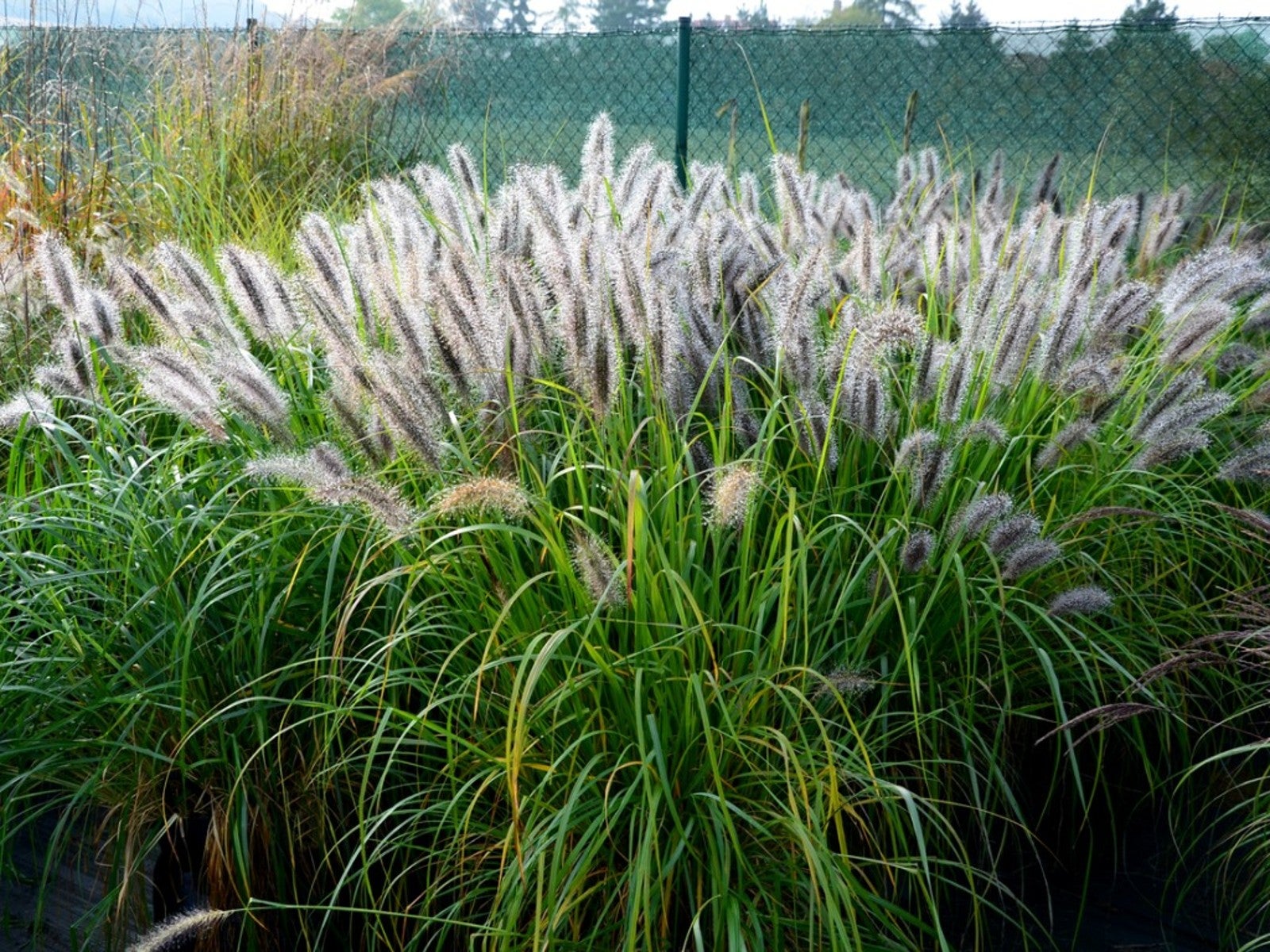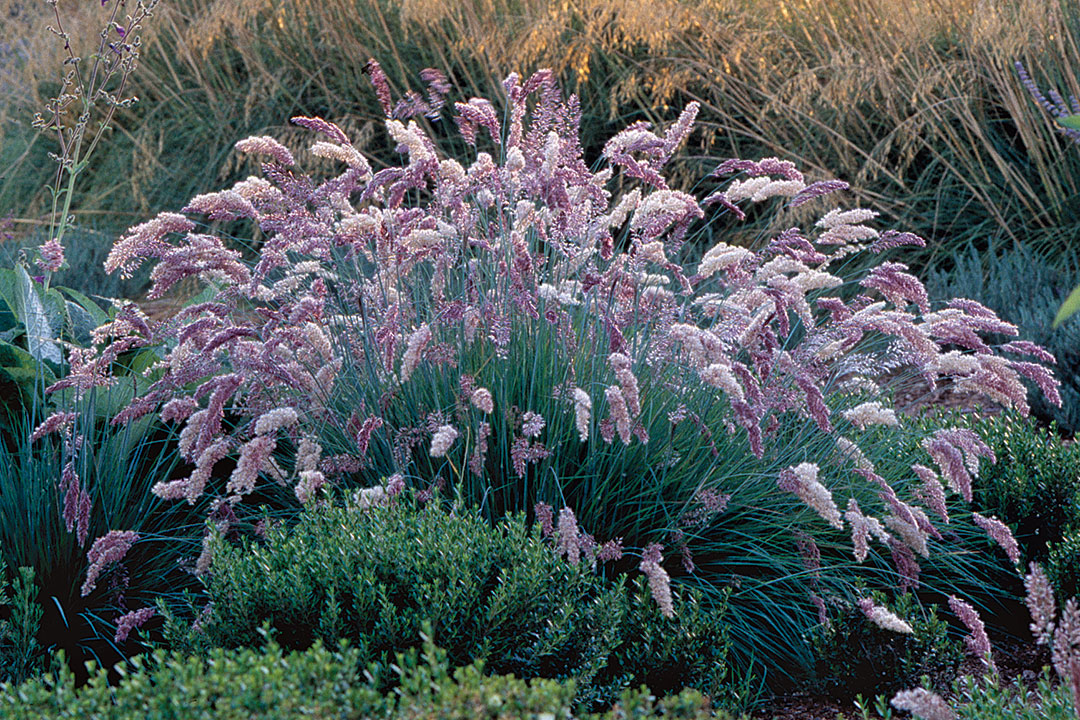Welcome to your go-to guide on decorative grasses for Zone 7! As an avid gardener, I’ve spent countless hours experimenting with different grasses, transforming my garden into a beautiful oasis. In this article, we’ll delve into the best decorative grasses for Zone 7, how to care for them, and tips on incorporating them into your landscape design. So grab a cup of tea, and let’s dig in!
Understanding Zone 7 Climate
Before we dive into the specifics, it’s crucial to understand the climate conditions in Zone 7. Zone 7 is defined by its relatively mild winters, with average minimum temperatures ranging from 0°F to 10°F. This zone offers a longer growing season compared to other regions, making it perfect for a variety of ornamental grasses.
Growing Conditions in Zone 7
- Temperature: Mild winters and warm summers.
- Sunlight: Full sun to partial shade.
- Soil Type: Well-drained, fertile soils are ideal.
- Humidity: Moderate humidity levels.
Top Decorative Grasses for Zone 7
Now that we understand the growing conditions, let’s explore some of the best decorative grasses that thrive in Zone 7.
1. Miscanthus sinensis (Chinese Silver Grass)
One of my all-time favorite grasses, Miscanthus sinensis, adds a dramatic touch to any garden with its tall, feathery plumes.
Characteristics:
- Height: 4-6 feet
- Spread: 2-4 feet
- Flowers: Silvery plumes in late summer
Care Tips:
This grass prefers full sun and well-drained soil. It’s low-maintenance and can withstand drought once established.
2. Panicum virgatum (Switchgrass)
Switchgrass is not only beautiful but also beneficial for wildlife, making it a fantastic addition to any garden.
Characteristics:
- Height: 3-6 feet
- Spread: 2-3 feet
- Flowers: Delicate, airy flower heads
Care Tips:
Switchgrass thrives in full sun and adapts well to poor soils. It requires minimal maintenance.
3. Calamagrostis acutiflora (Karl Foerster Grass)
This ornamental grass is a favorite for its upright habit and early flowering, adding vertical interest to your garden.
Characteristics:
- Height: 3-5 feet
- Spread: 2-3 feet
- Flowers: Soft plumes in late spring
Care Tips:
It prefers well-drained soil and thrives in full sun. It’s drought-tolerant and can handle various conditions.
Comparison Table of Decorative Grasses for Zone 7
| Grass Type | Height | Spread | Flowering Time | Maintenance Level |
|---|---|---|---|---|
| Miscanthus sinensis | 4-6 ft | 2-4 ft | Late Summer | Low |
| Panicum virgatum | 3-6 ft | 2-3 ft | Late Summer | Low |
| Calamagrostis acutiflora | 3-5 ft | 2-3 ft | Late Spring | Low |
Pros and Cons of Decorative Grasses in Landscaping
Pros
- Low maintenance and drought-tolerant.
- Adds texture and movement to the garden.
- Supports local wildlife, including birds and pollinators.
- Available in a variety of heights and colors.
Cons
- Some varieties can become invasive if not managed.
- May require periodic cutting back after winter.
- Not all grasses are suitable for shady areas.

Designing with Decorative Grasses
Incorporating ornamental grasses into your landscape can create stunning visual effects and transform your garden into a multi-dimensional space. Here are some tips on how to design with decorative grasses:
Layering and Grouping
Consider planting grasses in groups for a more dramatic effect. Taller grasses can be placed at the back of a border, while shorter varieties can fill the front. This layering technique creates depth and visual interest.
Combining with Other Plants
Mixing grasses with flowering perennials and shrubs can create an eclectic garden. The movement of the grasses complements the blooms and adds a soft texture to the overall design.
Maintenance Tips for Decorative Grasses
Watering
Most decorative grasses are drought-tolerant once established, but during their initial growth, they require consistent watering. Aim for deep, infrequent watering to encourage deep root growth.

Pruning and Cutting Back
In early spring, cut back ornamental grasses to encourage new growth. This helps remove any dead foliage from the previous season.
Fertilizing
A light application of fertilizer in spring can boost growth, but be cautious not to over-fertilize, as this can lead to leggy growth.

Frequently Asked Questions (FAQs)
What are the best decorative grasses for shade in Zone 7?
Some grasses that tolerate partial shade include Hakonechloa macra (Japanese Forest Grass) and Carex varieties. They thrive in shaded environments and offer unique textures.
How do I prevent ornamental grasses from becoming invasive?
To manage invasive grasses, consider regularly dividing and maintaining them to limit their spread. Planting in containers can also help control growth.

When is the best time to plant decorative grasses in Zone 7?
The best time to plant is in the spring after the last frost, or in the fall to allow for root establishment before winter.
Can decorative grasses be used for erosion control?
Yes, many ornamental grasses have deep root systems that are effective for stabilizing soil and preventing erosion on slopes or along pathways.

Conclusion: Embrace the Beauty of Decorative Grasses in Your Zone 7 Garden
Decorative grasses are not just plants; they are the vibrant heartbeat of a garden that can elevate its aesthetic appeal. With the right knowledge and a little creativity, you can create a stunning landscape that showcases the elegance of these versatile grasses. Whether you opt for the towering plumes of Miscanthus or the delicate blooms of Panicum, your garden will surely thrive and enchant visitors. Happy gardening!